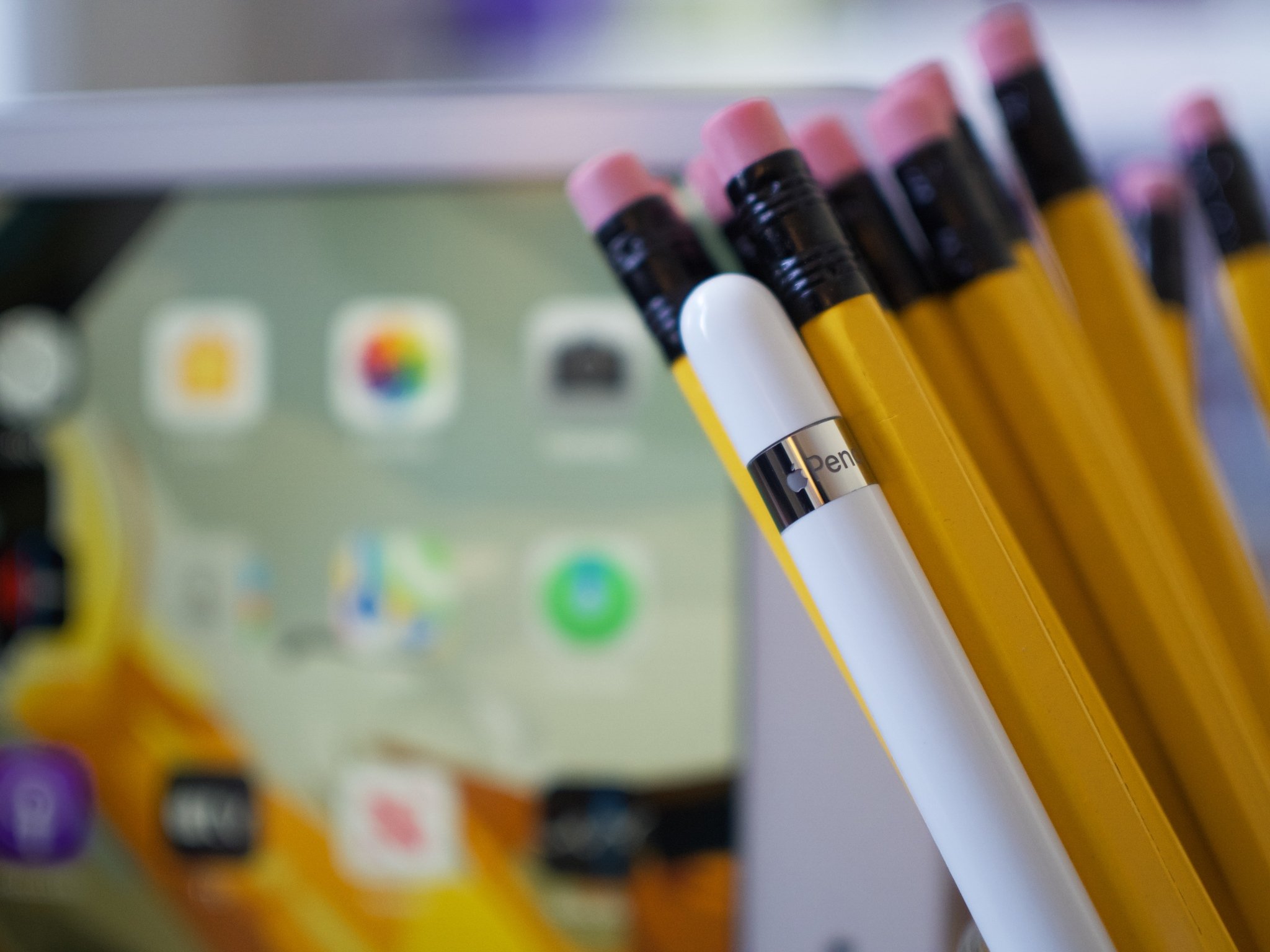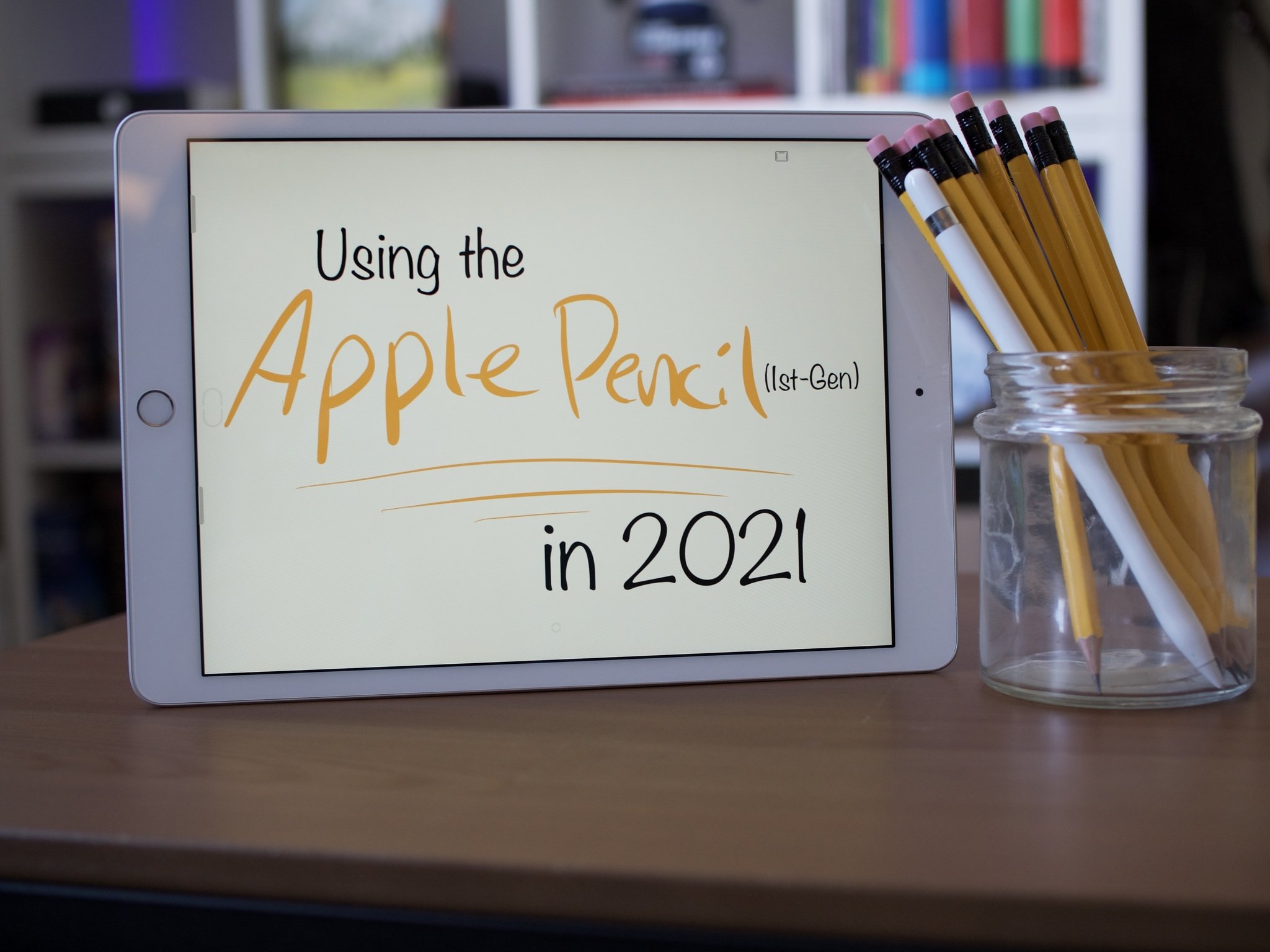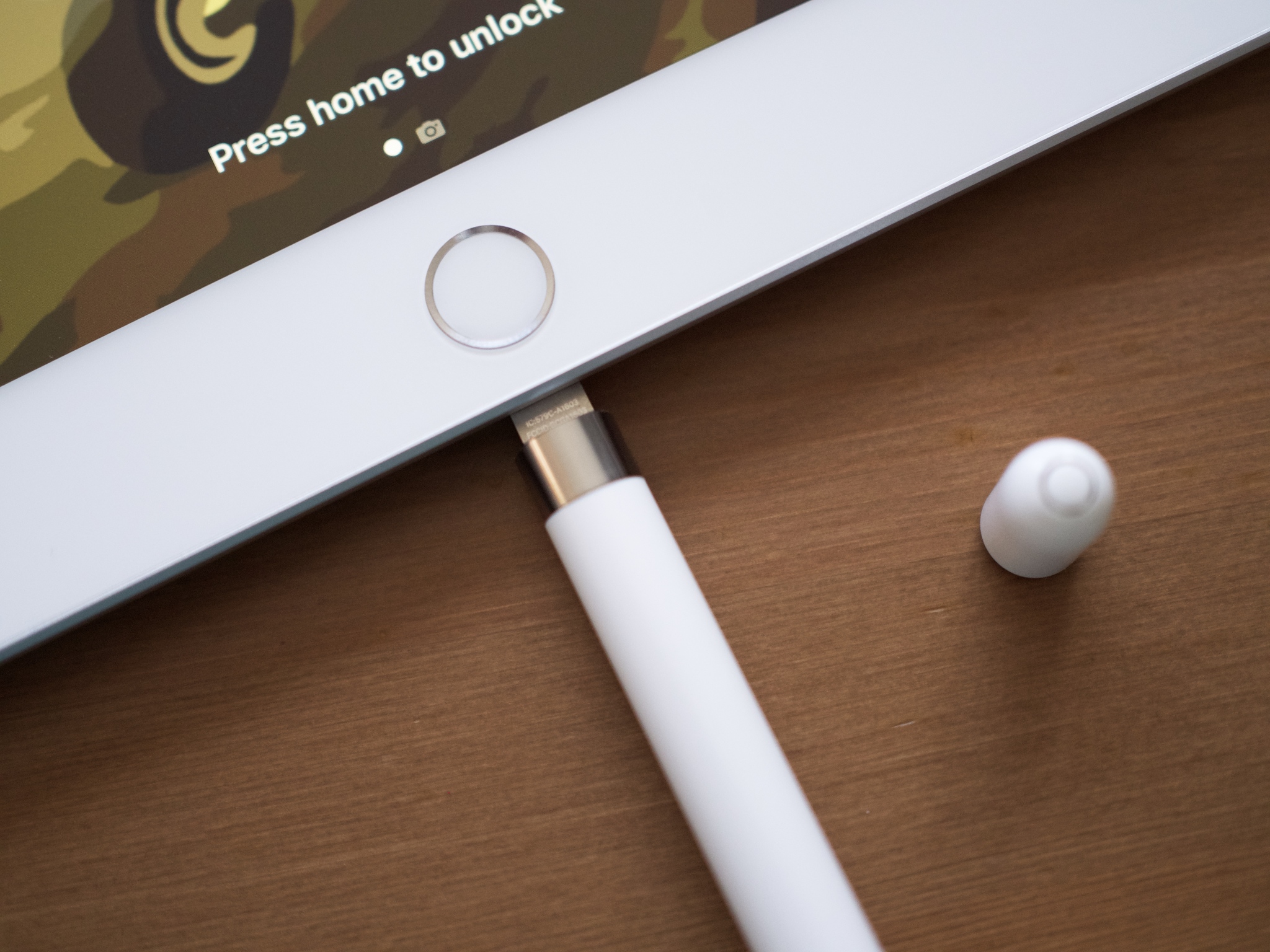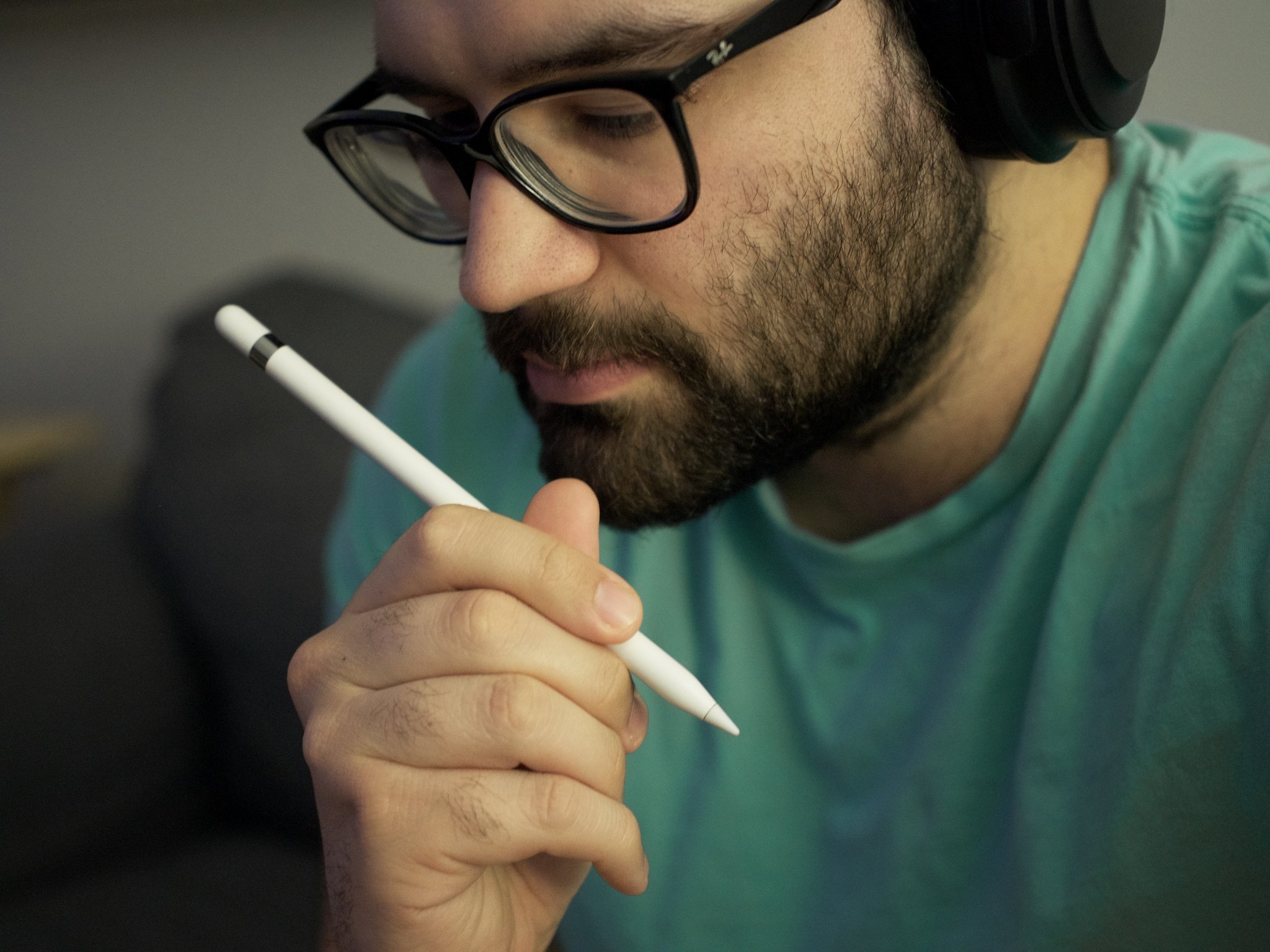When the Apple Pencil first launched alongside the first iPad Pro way back in late-2015, I remember thinking that this would change the way we use iPads. Not right away, mind you — back then, the cost of entry was pretty high. You needed to buy the Apple Pencil, but you also needed to buy the iPad Pro, which was pricey for anyone.
In 2021, the Apple Pencil is a different story. There are two models now, one that works with the newer iPad Pros and the iPad Air 4, and the Apple Pencil (first-generation), which works on the newer iPad and iPad mini models. The cost of entry into the world of Apple Pencil is so much lower than it was when the Apple Pencil first made its debut, and it's the best stylus for iPad you're going to get in 2021.
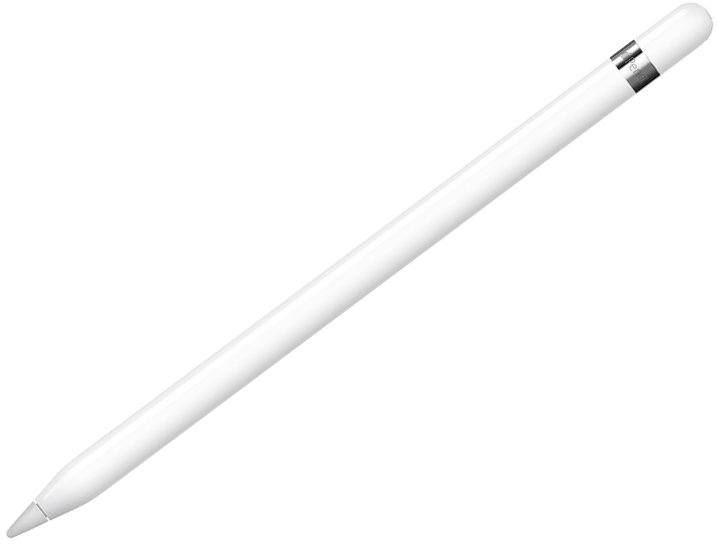
Thanks to its compatibility with most iPads released in the last few years, the original Apple Pencil is still the iPad stylus to get for most people. It features palm rejection, pressure, and tilt support for a class-leading writing and drawing experience.
Apple Pencil (First-Generation) Review: Why review it twice?
This is our second time reviewing the Apple Pencil (first-generation). Our first time looking at the Apple Pencil was done by Serenity Caldwell, back when she worked for iMore, and it was entirely drawn by hand using the Apple Pencil on the iPad Pro. It's a super cool review highlighting many of the first-generation Apple Pencil's artistic abilities that still hold today. However, I believe that the first-generation Apple Pencil serves a slightly different audience and purpose now than it did when it launched.
When it launched, it was the only Apple stylus, and it only worked with one model. If you were an artist who wanted an iPad as a drawing tablet. The first-generation Apple Pencil was your only option. Now, that's not the case.
Once the Apple Pencil 2 came out, and the first-generation Apple Pencil started working with lower-cost iPads, the "Pro Artist" crowd moved on. Suddenly, you had a new crop of people who could afford the first-generation Apple Pencil, who may not be looking to use the iPad as a drawing tablet. Does the Apple Pencil provide enough for them?
Apple Pencil (First-Generation) Review: Drawing
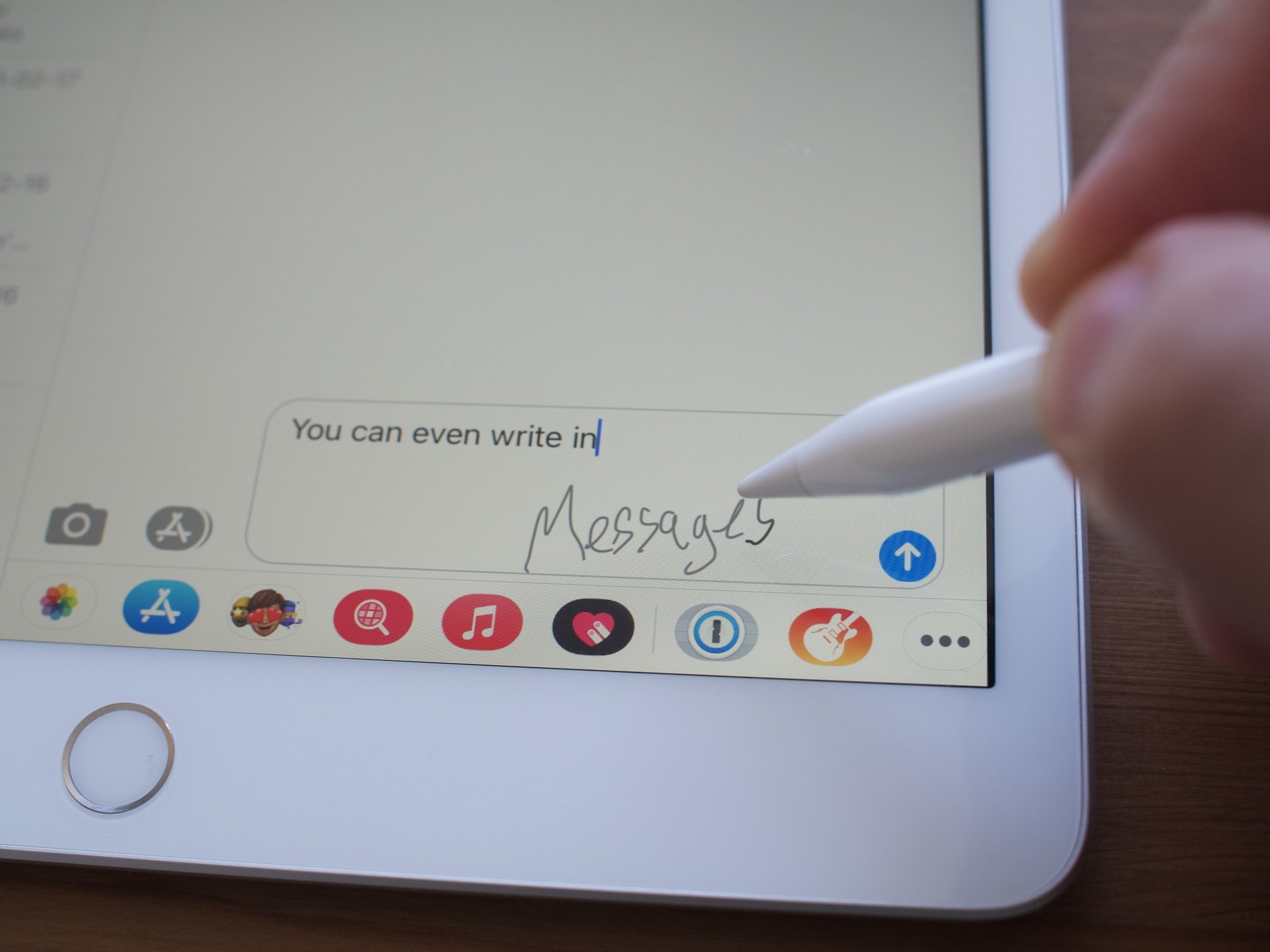
I said that serious artists wouldn't be using the first-generation Apple Pencil. While that generalization probably has some merit, the artistic abilities of the Apple Pencil (first-generation) shouldn't be understated.
I personally am not an artist — I can barely draw straight lines, but even I have been enjoying opening up some of the best drawing apps and just seeing what the Apple Pencil can do.
iMore offers spot-on advice and guidance from our team of experts, with decades of Apple device experience to lean on. Learn more with iMore!
Drawing or coloring feels so smooth and very reminiscent of drawing on paper, with maybe just a little less friction. You can use the side of the Apple Pencil for shading, make use the superb pressure sensitivity to make lines thicker or thinner, and the palm rejection is incredible. In all my time using the Apple Pencil with my iPad (2020), my palm has never made a mark when I have been in a drawing app.
While there's no doubt that the Apple Pencil 2 and iPad Pro will provide the best artistic experience for the pros, if you're an amateur artist or just don't want to spend the money on the more expensive models, the Apple Pencil (first-generation) is a more than capable artistic tool.
Apple Pencil (First-Generation) Review: Performance is king
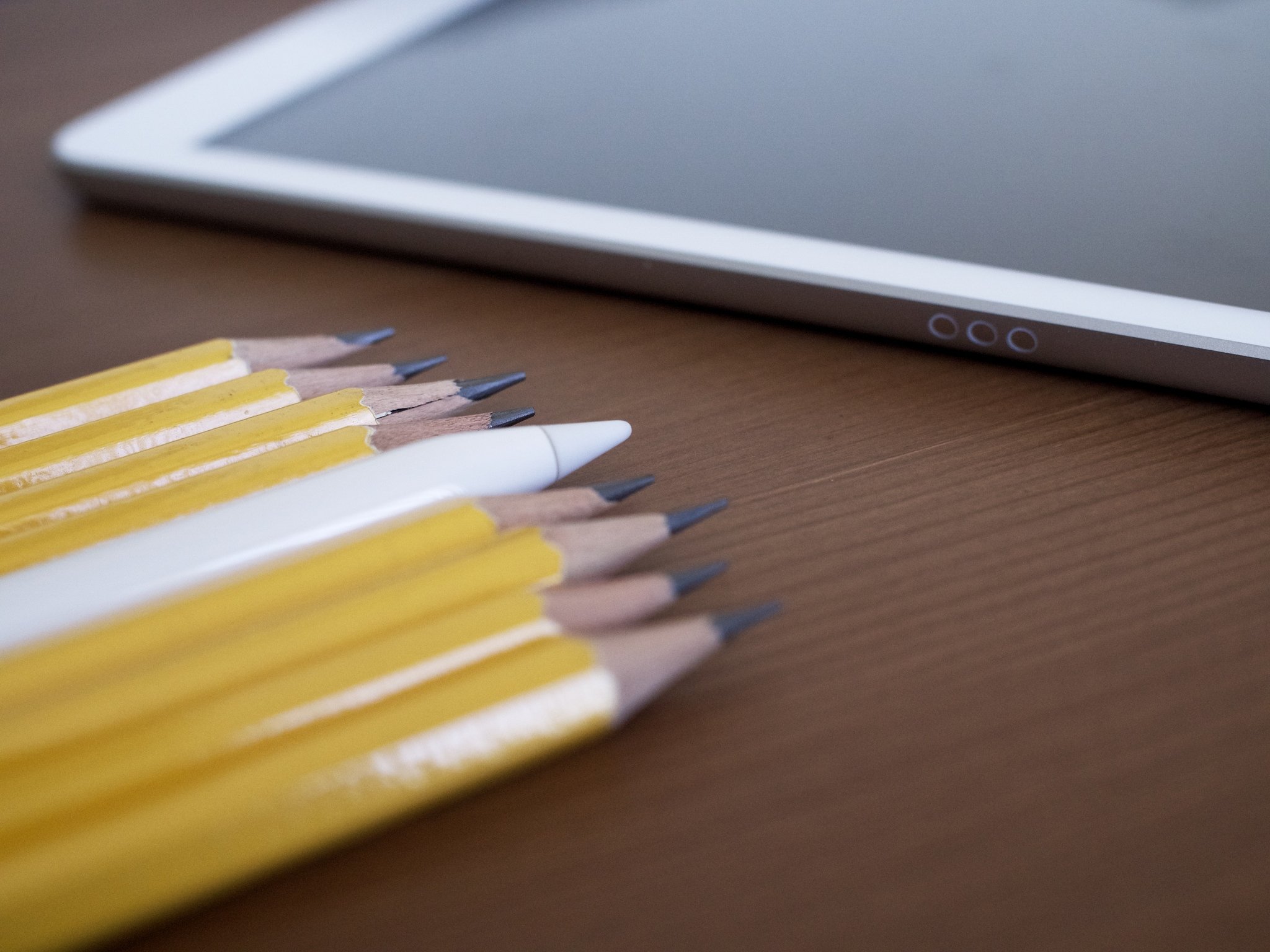
For me, the Apple Pencil is worth its weight in gold because of how well it integrates into iPadOS, even when you're not drawing, sketching, or painting.
Tap any text-entry field and start writing in it, and your iPad will convert it into text. Tap the Lock screen with your Apple Pencil, and immediately, you're in the notes app where you can sketch or jot down notes with ease. The little toolbar is constantly changing and adapting to what you're doing with your Apple Pencil — like having a search button if you're in the URL field in Safari. Plus, you can hide the toolbar off to the side if you don't want it just chilling down at the bottom of your screen. It's all just so seamless.
There are some Apple Pencil alternatives that offer bits of the experience that the first-generation Apple Pencil provides. Still, none of them come close to being as intuitive or as smooth. Plus, some of the low-cost iPad stylus options are nothing more than just a capacitive stylus.
Apple Pencil (First-Generation) Review: Same old annoyances
The Apple Pencil (first-generation) still has the same annoyances it did years ago when it launched.
You still have to charge it via the Lightning connector, which you can do by sticking it directly into your iPad's Lightning port. It's not the most elegant way of charging a stylus, and admittedly, it makes the iPad a little bit difficult to hold or use when your Apple Pencil is charging. The magnetic solution that Apple came up with for the second-iteration is much better, but the good news is the Apple Pencil gets about 10-12 hours of battery life, depending on how you use it. Plus, it charges up moderately quickly — it should be pretty easy to avoid charging the Pencil when you want to be using your iPad.
There's no easier way to charge, which some other drawing styluses that work with other drawing tablets do have. If that's something you think is a must in a drawing stylus, then you'll need to look elsewhere.
Lastly, and this is more of a personal thing, I don't find the first-generation Apple Pencil to be super comfortable in hand. It has a completely round design that doesn't always feel good to hold and draw with for hours on end. I think the one-flat side design of the Apple Pencil 2 is a bit better to use for longer periods. Your mileage will likely vary on this point.
Apple Pencil (First-Generation) Review: Final thoughts
The Apple Pencil has finally done what I thought it would do — change the way I interact with my iPad. I don't pick up my iPad (2020) without my Apple Pencil (first-generation) anymore. It's become an integral part of the iPad experience for me.
When I get the itch to sketch something, or more likely, color in an app, I'm treating it as an artistic tool that I'm not even good enough to handle. It's so satisfying to draw on the screen, color with different brushes, and use the pressure sensitivity to change the thickness and how the Apple Pencil responds.
The real utility of the Apple Pencil lies in all the little things it can do that your figure can't do as easily. Editing a GarageBand track is made simpler by giving you a more fine tip to drag around your various instrument and make more precise cuts. When I'm drawing in an app and my partner texts me, I can easily respond by writing a response back to them in the text field. It's this ability to interact with your iPad with much more precision that fills me with immense glee every time I find a new use for the Apple Pencil that makes my life easier.
If you have an iPad that supports it, I can't recommend getting a first-generation Apple Pencil highly enough. It will open you up to a whole new way of using your iPad, and that's more than any other iPad accessory can say.

Luke Filipowicz has been a writer at iMore, covering Apple for nearly a decade now. He writes a lot about Apple Watch and iPad but covers the iPhone and Mac as well. He often describes himself as an "Apple user on a budget" and firmly believes that great technology can be affordable if you know where to look. Luke also heads up the iMore Show — a weekly podcast focusing on Apple news, rumors, and products but likes to have some fun along the way.
Luke knows he spends more time on Twitter than he probably should, so feel free to follow him or give him a shout on social media @LukeFilipowicz.
